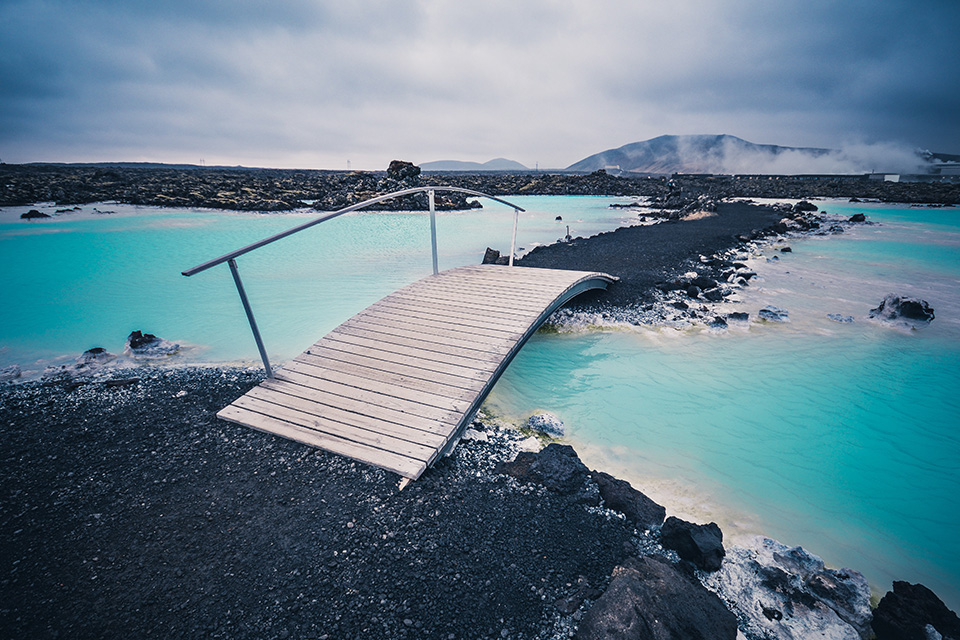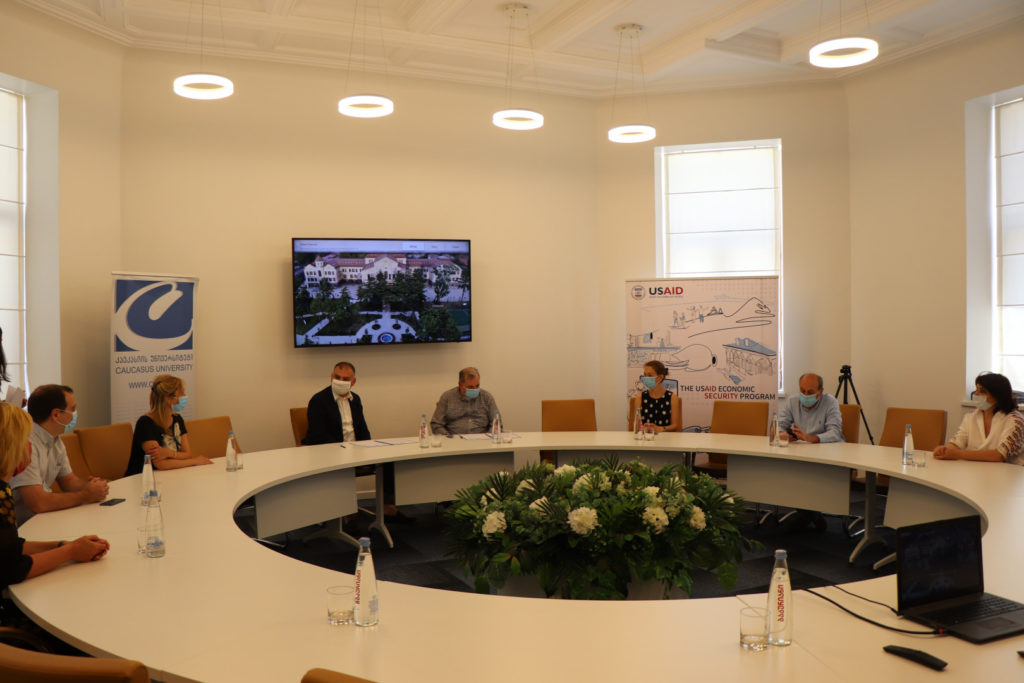Solimar’s Takeaways from Destination International’s 2020 Convention
As with so many events in the past few months and surely the foreseeable future, the Destinations International 2020 Convention turned virtual this year to accommodate for the health and safety of attendees. Despite the physical distance, those attending could still sit in on the main sessions, break apart into the smaller discussion-based and timely sessions, and participate in some mindfulness and breath practice (and even smoothie making) between speakers.
As part of Solimar’s DMO Development Program, a 16-week online training program for new and developing DMOs, our DMO participants in the Republic of Georgia and Armenia were able to attend the conference and virtually network with hundreds of tourism organizations around the world. This participation was critical for our DMO participants, as they were able to integrate with the global Destination Management community and learn directly from industry leaders and other DMOs.

Adapting to Virtual Conferencing & a New Way of Managing Destinations
Coinciding with the main talking point of many speakers and sessions, many upcoming plans face inevitable and unknown changes in the future. Be them festivals facing capacity issues, destinations seeing changes in types and numbers of guests, or conferences being redefined into online events, remaining nimble and resourceful is key. Destination International’s (DI) conference did just that, allowing guests to keep their own digital notes, participate in polls regarding content, and opening each session up for live Q & A. Within unpredictability lies new opportunities for experimentation, change, and most importantly, growth.
It seems each aspect of the tourism industry will play a part in this unavoidable change, but those parts may require a bit of exploration before revealing themselves. Patrick Tuttle from Visit Joplin MO pointed out the role of the Outdoor Adventure niche now and in the foreseeable future. With indoor locations and attractions prompting valid hesitation from keen adventurers, how can destinations make the outdoors an accessible and exciting alternative option? How can smaller or lesser-known destinations, which are usually short stops on the way to a larger destination, attract visitors on their own? This is where creativity comes into play.
Tuttle used a handful of examples based on the many stops visitors usually make along Route 66, which will certainly see a big dip in the international tourists who normally frequent the famed highway. How will those stops along the way continue to draw in visitors? Tuttle suggested getting creative, and even allowing guests to get their hands a bit dirty (after washing of course!). Referencing a famous chocolate shop along the way, Tuttle encouraged allowing visitors to take part in creating whatever they have come to see, specifically allowing guests to create their own candy bar treats with the famous chocolate. Taking these treats back to family and friends is likely to encourage travel over closer distances while international travel continues to rebound.
Rita McClenny, president and CEO of Virginia Tourism Corporation, and Todd Davidson, CEO of Travel Oregon, assured visitors that leisure travel will recover first. In many ways, this may be perceived as ideal, as this gives destinations and DMOs more room to explore exactly what they can offer and how they can change to provide new and safer experiences. In times of such uncertainty, the pair encouraged conference attendees, saying “The intrinsic desire to travel is still there; it’s not if, it’s how and when.” So how do we find that chocolate-making experience for visitors that are bound to come?
Solimar’s DMO development program, based in the Republic of Georgia and Armenia, has been working to do just that. As with any country, some regions and destinations offer more or better known experiences, while others serve as pass-through regions. These lesser-visited regions, however, often still offer great traditional history, notable culinary experiences, great wine, and more. Being aware of the freedom and options to expand those qualities into experiences that will attract more visitors for longer stays is a major key in today’s tourism ecosphere.

Adam Sacks, founder and president of Tourism Economics, Inc, Brad Dean, CEO of Discover Puerto Rico, and Paul Ouimet, partner and president of MMGY NextFactor also shared a handful of tips for organizations to move towards recovery post-COVID-19 that they can begin today.
The identification of new source markets was an important tip when it comes to recovering customer engagement. What do we do now? Where is there room to grow? Do we make chocolate bars? The answer: Embrace the change and be proactive by taking the time to explore those new options that weren’t always necessary in the past.
Speakers also encouraged organizations to work with all resources available and pool together to go as far as reassessing the purpose of the organization itself. If your region was just a pass through for a nice meal and a great glass of wine, how can you make this bigger and better? How can you keep visitors for another night or have them buy an extra bottle to take home?
Now is an ideal time to reassess a DMO’s purpose and goals. As with so many scenarios during a time of uncertainty, change should be taken hand in hand with creativity.
To learn more, visit Solimar’s Destination Management and Development services page.
